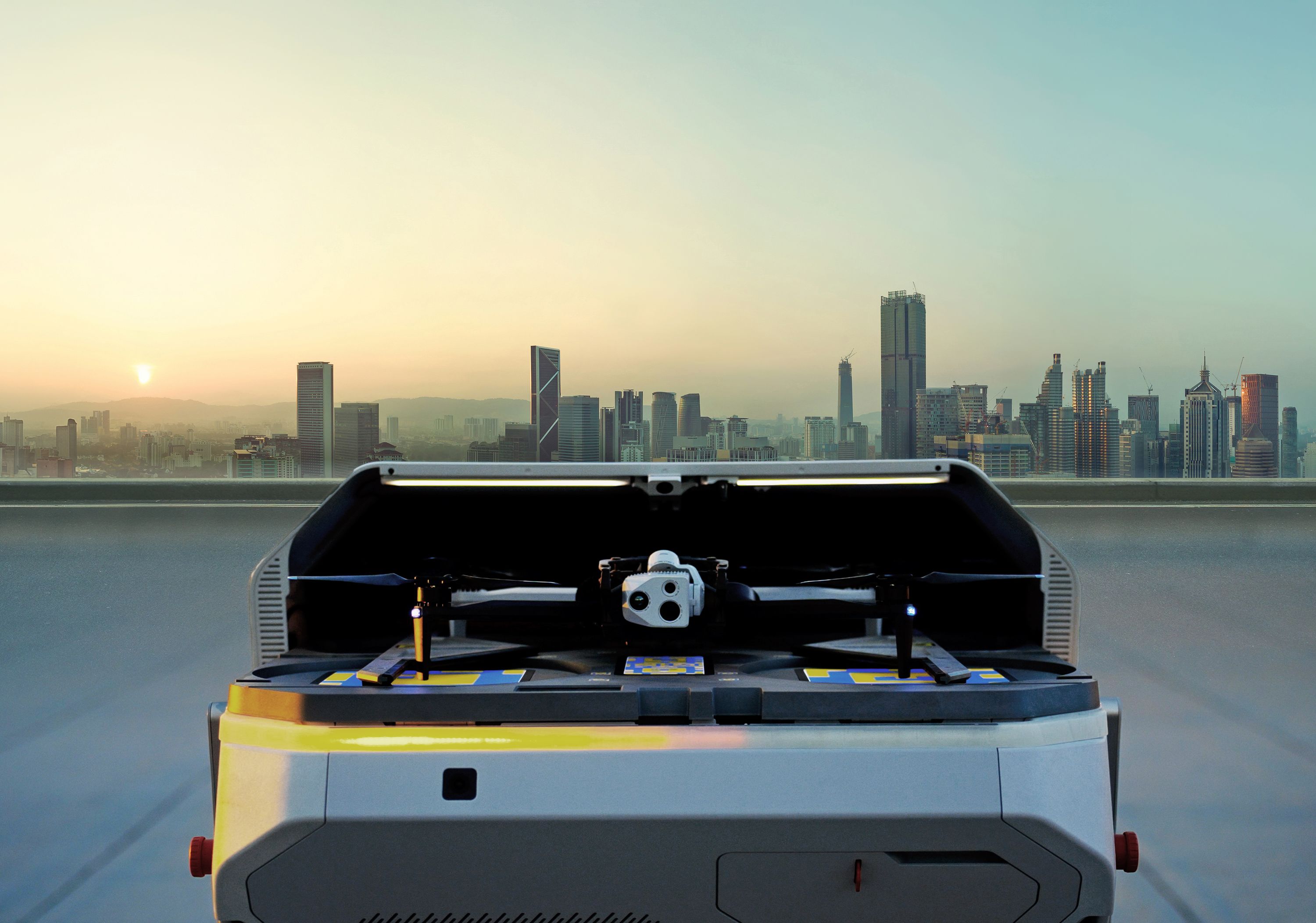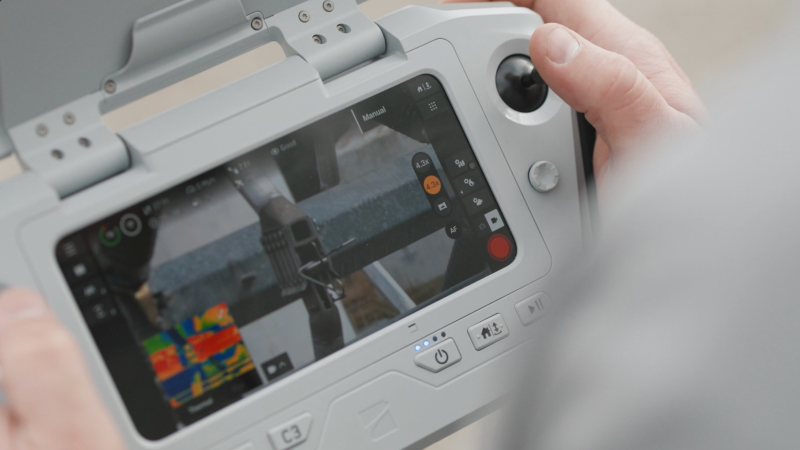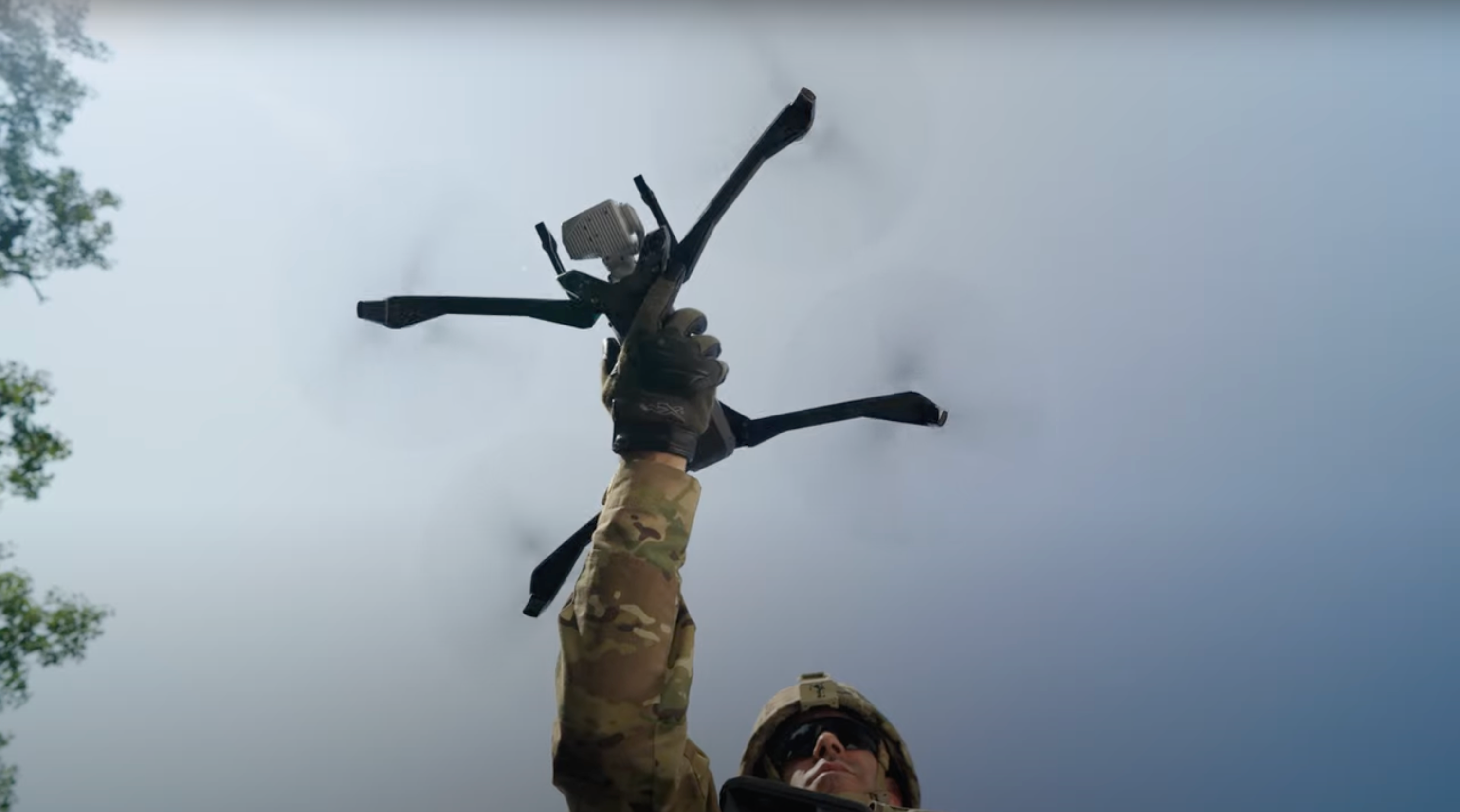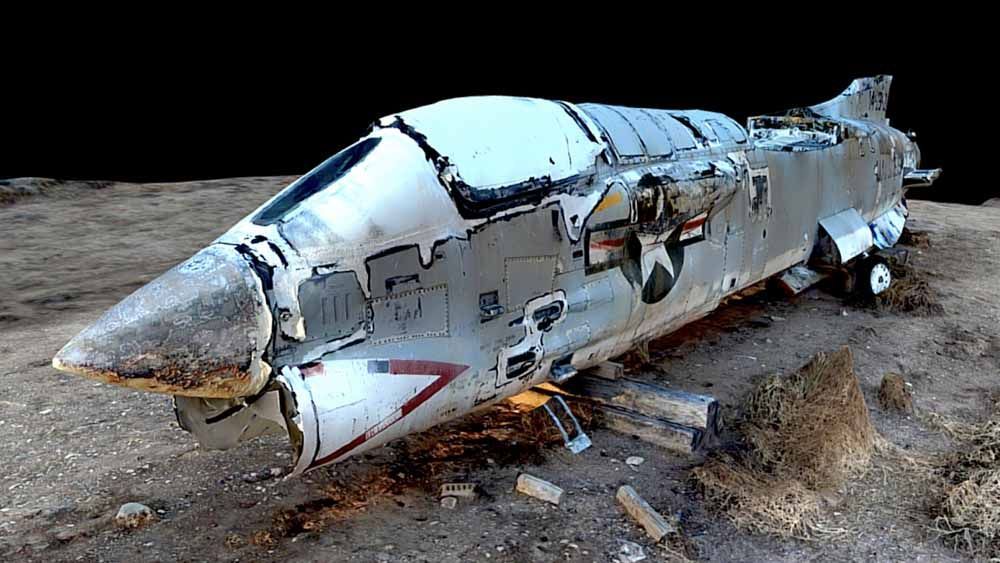The Best Follow Me Drone In 2022
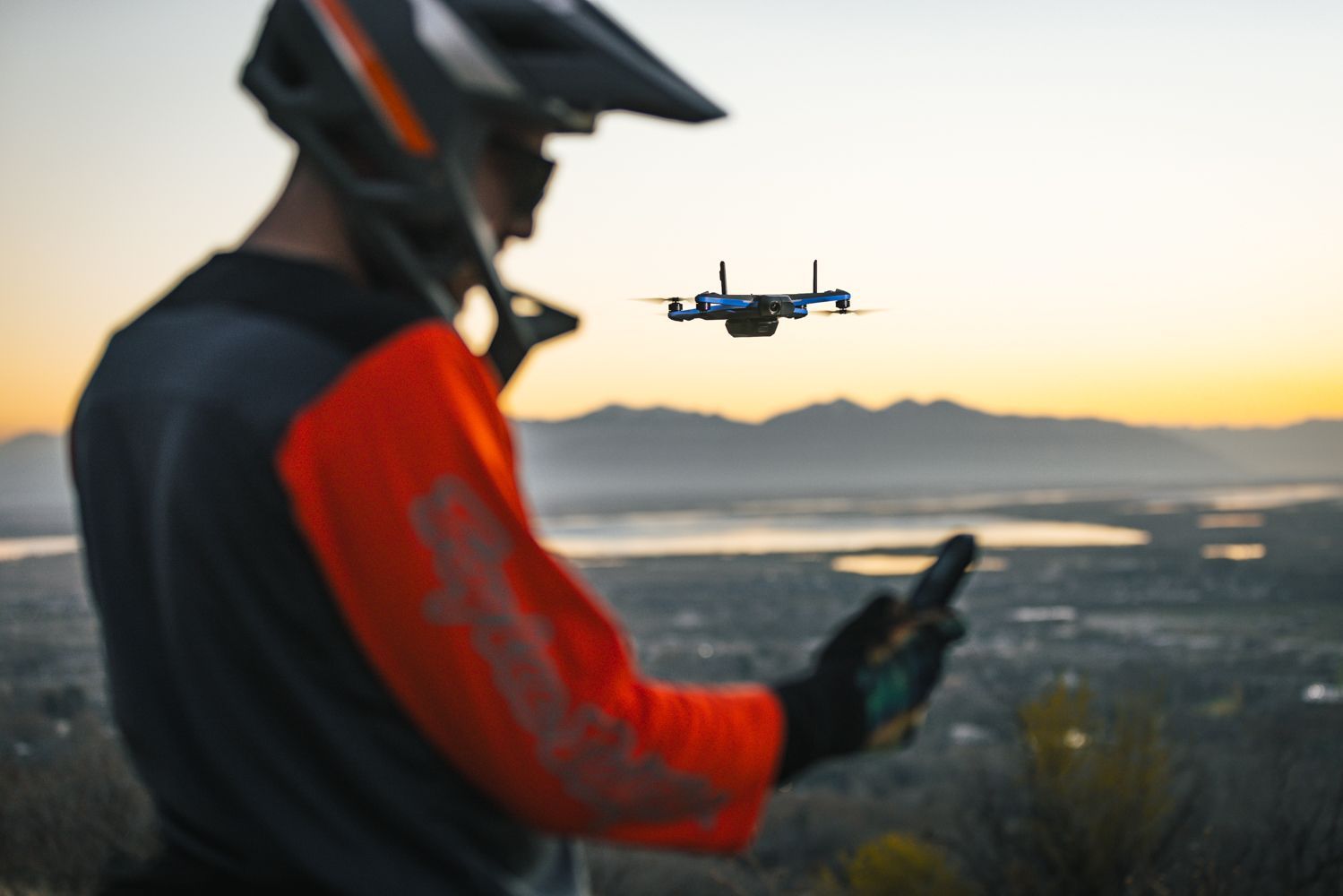
In 2017, I got my first demo of a Skydio R1 prototype at Skydio HQ in Redwood City, California. The demo consisted mostly of me attempting to crash it into a wall. Since then, I’ve learned that this is how every Skydio believer's journey begins. Needless to say, I was impressed. After many failed attempts, I knew Skydio was different from any drone I’d ever used before. My only question to Adam Bry, Skydio co-founder & CEO was; “Where’s the controller?” I was told I didn’t need one, it was an “autonomous camera”, designed specifically to follow me and reliably dodge obstacles while filming me.

Even at that time, before the company had come out of stealth, Skydio had the most impressive and reliable obstacle avoidance and follow me drone technology in the world. And although the Lily drone captured the essence of what could be possible with drones in 2015, Skydio 2+ is what Lily promised it would be, and so much more. Here are ten reasons why Skydio is the world’s best follow me drone in 2022.
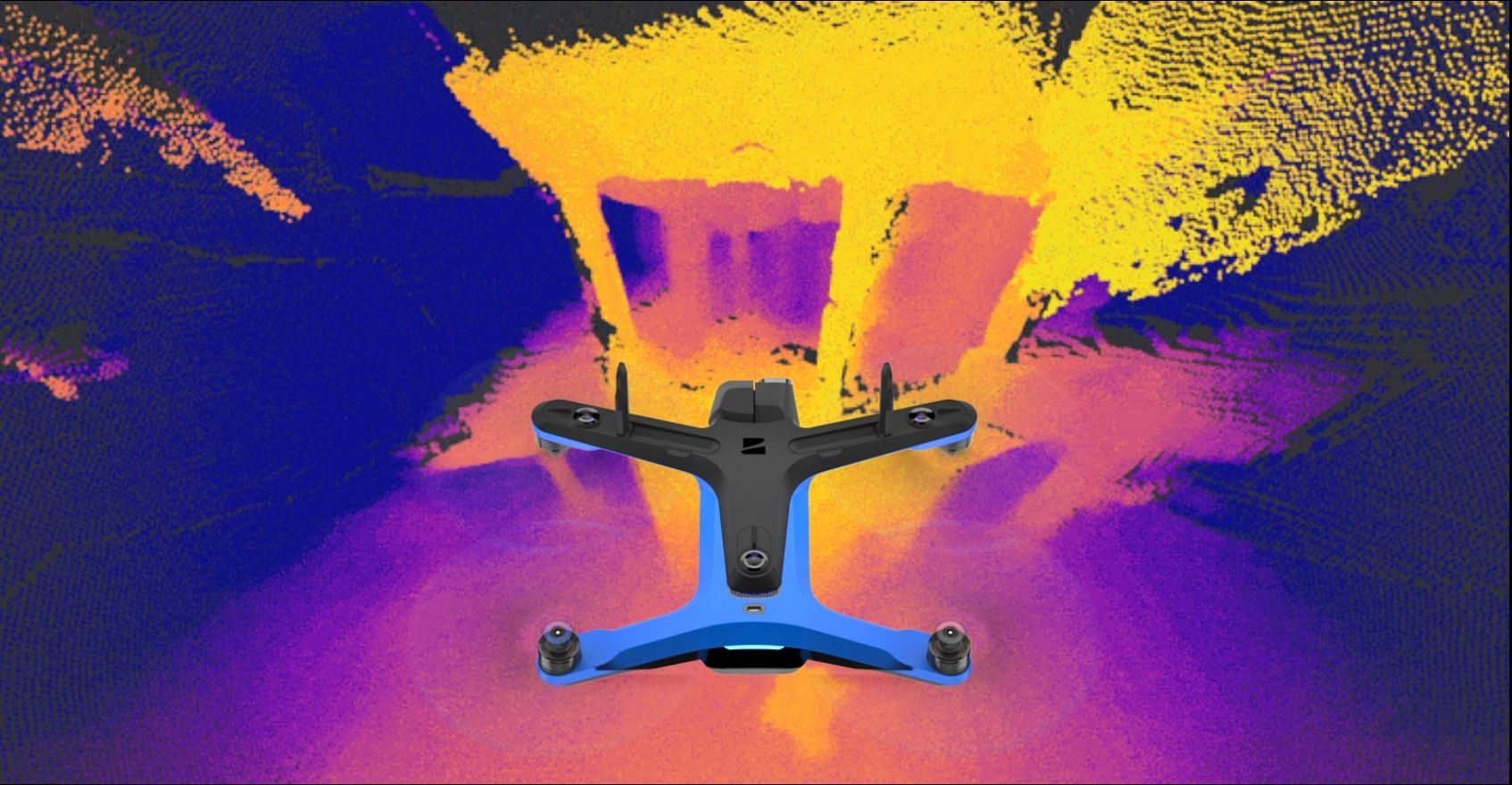
Skydio ‘Follow-Me’ drone technology
The first thing you must understand about Skydio drones, is that they’re built and designed completely differently from any other drone on the market. With 6 cameras for navigation (3 on top, 3 on bottom for 360° coverage), a Nvidia Tegra X2 GPU (capable of 1.3 trillion operations per second), and the most advanced autonomous flight software in the world (designed by some of the brightest minds from MIT, Google, Apple, and Tesla), Skydio drones were originally designed to do one thing better than any other drone; autonomously avoid obstacles while following and filming a human subject.
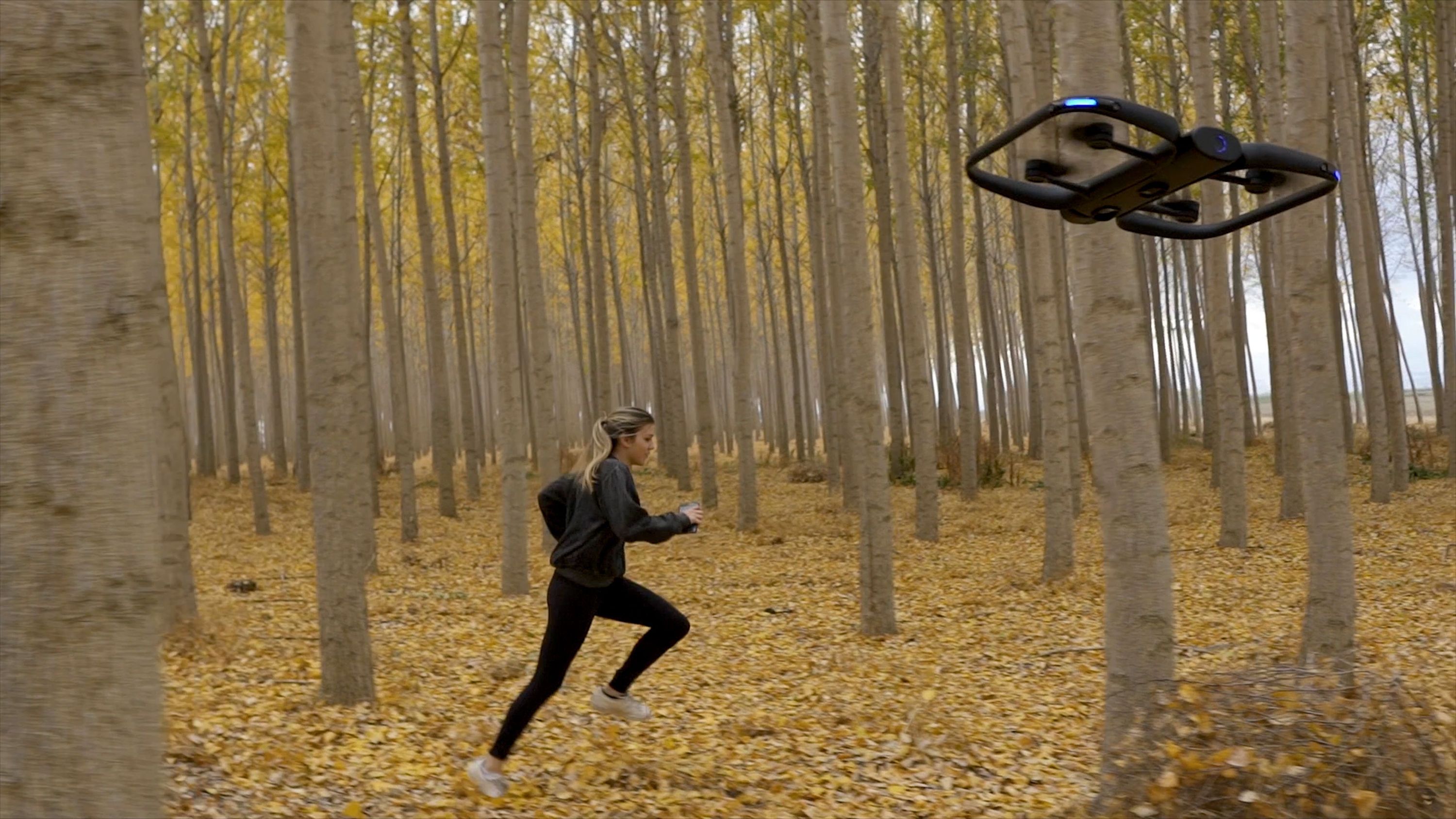
In 2017, the Skydio R1 was the first follow-me drone of its kind to reach consumers and deliver on its feature-set. And that was just the beginning for Skydio.

Unmatched Obstacle Avoidance
From the outset, the mission at Skydio has been to create more reliable, trustworthy, and safe drone technology, enabling more creative, productive and efficient solutions to common problems (like crashing). At the core of this mission is Skydio’s proprietary and unique vision system used for positioning (as opposed to relying solely on GPS) and navigation, resulting in undeniably the most impressive obstacle avoidance on any drone. Without the reliance on GPS for positioning, Skydio drones can easily fly in any environment that is bright enough to navigate, including indoors, under bridges, even launching from large metal objects with no need for calibration (quite unheard of until Skydio).
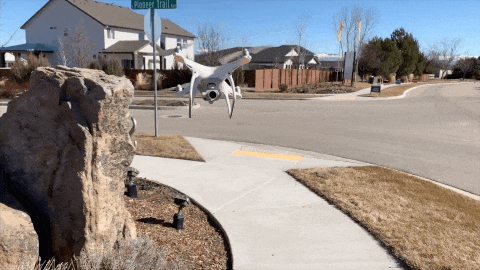
Since the risk of crashing has been the chief concern among drone pilots since the inception of consumer drones back in 2010, Skydio initially focused all of its time and energy on the solution to this problem. The founders of Skydio theorized that once the foundation for trustworthy obstacle avoidance was in place, a multitude of new applications would be possible. Skydio 3D Scan and Skydio KeyFrame are perfect examples of entirely new drone applications that have been built to revolutionize workflows for both enterprise (inspection) and consumer (filming) applications.
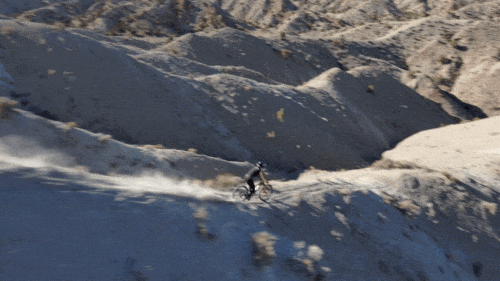
Autonomous Follow Filming
When Skydio launched Skydio R1 in 2017, obstacle avoidance and subject tracking were not just features, they were its identity, its DNA. While some marveled at why Skydio would release a drone without a controller (including me), others witnessed its autonomous flight first hand, and knew that the game had changed. Since then, Skydio has only improved upon these breakthroughs in autonomy, obstacle avoidance, and follow-me drone technology.

Skydio drones can track human/vehicle subjects, while deftly flying backwards at up to 36mph, confidently dodging obstacles, capturing footage, all without a controller, or human piloting of any kind. Flying backwards in obstacles is a challenge the world’s best FPV pilots would be wary of. Starring in the shot, or participating in the activity isn’t even a consideration while FPV piloting. Due to the massive technology/design difference between manual drones with features like “Active Track” and FPV piloting, pilots who have tried all three would say that comparing the three is next to impossible.

Just ask your favorite FPV/drone pilot to film themself as they huck a backflip skiing or while drifting their ATV, the look on their face will most likely say it all. The combination of Skydio’s precision visual tracking and long-range GPS tracking enabled by the Skydio Beacon, delivers an incredible follow-me flying and filming experience that is truly unique to Skydio and unmatched by any competitor in 2022.
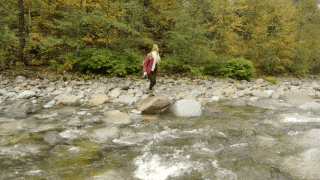
Get filming with Skydio today.
4. The Controller
While a controller is not necessary to fly, Skydio offers an array of accessory options that can improve the experience based on what (and how) you’re going to be filming. For those looking for a more traditional flying experience, Skydio offers the Controller, enabling up to 6km* of additional range and precision control for manual flight or for designing mind-bending shots with Skydio KeyFrame.

My favorite feature of the Controller is that it enables me to control the distance and angle of my Skydio 2+ drone as it autonomously follows and films my friends. I’m able to quickly and easily change the drone’s position in relation to the subject, while Skydio Autonomy keeps them nicely centered in frame. It makes tracking subjects at high speeds simple, even with quick and erratic changes in direction. It doesn’t matter if I’m autonomously orbiting myself, or filming others manually, Skydio’s 360° unmatched obstacle avoidance is always enabled, keeping your drone out of harm's way. The result is a much less stressful and much more confident flying experience that allows you to focus on what matters.
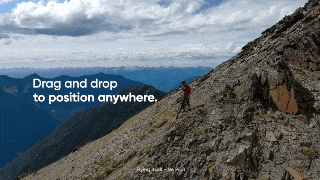
The Skydio Beacon
The Skydio 2+ Beacon unlocks the full autonomous “follow-me” tracking potential in the Skydio 2+ drone. The tactile buttons make for easy access to settings/skills while on the move or wearing gloves. Beacon-users can easily place their Skydio drone to follow-me from a desired orientation or height using Drag & Drop, making you feel like a Jedi or a wizard as you ‘wand’ your drone across the sky, into the perfect position and framing.

While this is a completely new experience compared to piloting manual drones, after a couple flights, and a few episodes of Skydio Flight School, you’ll be a Skydio expert. If you’re doing high speed activities like dirt biking, snowmobiling, or mountain biking, the Beacon is a must-have with up to 3km of transmission range and long range GPS tracking up to 120’. It’s the ultimate “follow-me” tool to give you just the right amount of control over your autonomous follow-me drone experience with Skydio 2+.

Skydio ease-of-use
Skydio’s long-term thesis for the adoption of drones across consumer and enterprise markets has always been the same. Once anyone, regardless of piloting skill or training, can confidently, safely, productively use drones, we will see true adoption. In order to achieve this goal, Skydio not only redesigned the hardware, but more importantly, the software that defines the user experience. Skydio’s goal when designing the Skydio App, was to make it less like a cockpit, and more like a camera app, which we’re all familiar with. While hard-core drone enthusiasts may rebel against some of Skydio’s simplified Flight Screen UI choices, the long-term goal is to bring about the mainstream adoption of drones. This means understanding why the general population is still intimidated by piloting drones and making the necessary design choices to alleviate those pain points.
Ultimately, Skydio 2+ is less stressful to fly because it sees in every direction, resulting in unmatched obstacle avoidance for less stressful piloting. Creating high-quality footage is easier with Skydio 2+ because of its advanced and reliable autonomous Skills built on top of the Skydio Autonomy Engine. This results in thinking less about piloting/crashing and more about enjoying your activity or the shots you want to create. Whether you’re using your drone to capture follow-me dirt biking, snapping group selfies, or creating mind-bending shots with Skydio KeyFrame, you’ll find that the stress of piloting fades away, and the impulse of creativity takes over whenever you fly a Skydio drone.

Skydio software updates
Like many drone manufacturers, Skydio drones have had their fair share of software updates to enhance performance, add features, and improve the user experience. However, unlike most drone manufacturers, these updates continue to ship years after the initial product launch. Skydio 2 owners received several feature updates after the release of the product in 2019.
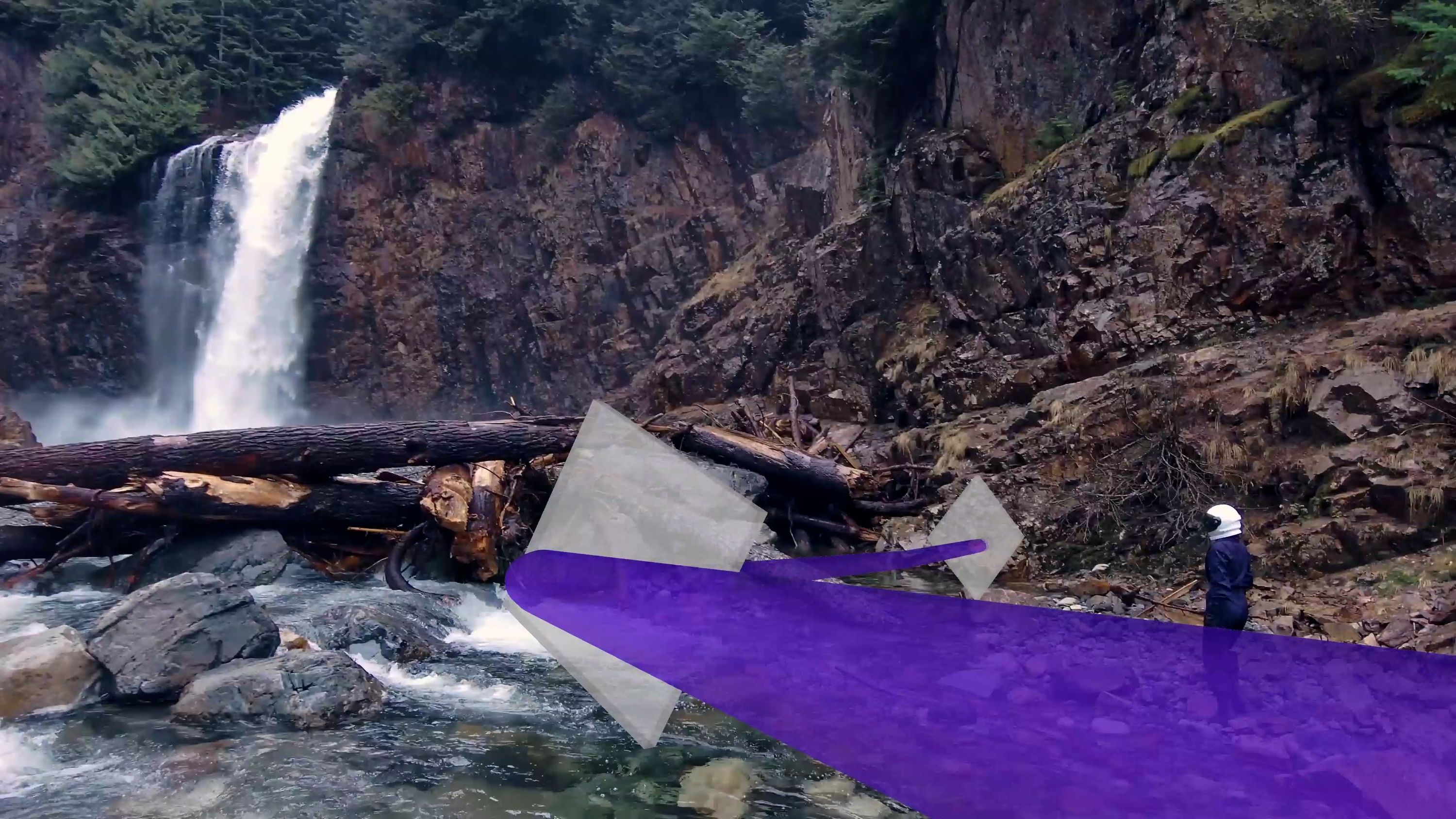
Most recently, Skydio 2 owners received access to Skydio KeyFrame at the launch of Skydio 2+, for free, three years after the S2’s release. While this was previously unheard of in the drone industry, it has always been Skydio’s goal to make products that get better, more feature-rich, and smarter, with time. Skydio drones are continuously getting better at doing their job. Thanks to the hard work of Skydio’s autonomy and software engineers, you gain new features and functionality the longer you own your drone. It’s pretty exciting to own a Skydio, because you never know what new enhancements or skills will be available when you fly next.If you’re looking to put your drone to work, Skydio offers even more functionality in the form of paid enterprise software. You can purchase add-ons like the Autonomy Enterprise Foundation or Skydio 3D Scan to get the job done more safely and efficiently.

Skydio community
Skydio takes customer feedback seriously, which is why the majority of features and improvements started as suggestions from the community. Skydio prides itself on reacting as quickly as possible to customer feedback in order to surprise, delight, and create value for customers. Engaging actively with customers on social media, re-sharing customer content, and featuring Skydio experts so they have a platform to share their knowledge with the community is also extremely important to Skydio. If you’re looking to get more involved yourself, I definitely recommend joining the Skydio Community Discord, the perfect place to start asking questions to see if Skydio is right for you.

First mover advantage
Over the years, I’ve heard many calls upon drone manufacturers to “catch up” and replicate Skydio autonomous follow-me and obstacle avoidance capabilities. Those that understand, and have been following what Skydio has built, know that competitors would need to completely scrap and redesign their technology stack (both hardware and software) to get similar results. This is not something profitable companies with market share are incentivized to do until it's too late.

Even if other drone manufacturers set out to recreate the magic of Skydio Autonomy, they would face similar challenges that Tesla competitors face; full hardware & software redesigns, entrenched supply chains, and lack of testing/user data. If Skydio is right, and the future of drones is autonomous, then they will be tough to catch, no matter who is chasing.
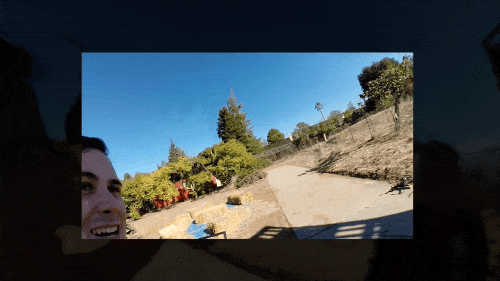
Team & leadership
The team is the #1 reason why competitors haven’t caught up to Skydio since the company came out of stealth operation in 2017. Co-founders Adam Bry, Matt Donahoe, and Abe Bachrach, not only pioneered autonomous flight at MIT as graduate students, but founded Google Wing (Google’s drone delivery program), before shifting their sights towards unlocking the full potential of drones via the power of autonomy. While other manufacturers were focused on making incremental updates to; transmission range, flight-time, and sensor sizes, the Skydio founders stepped outside the box to take a totally different approach.
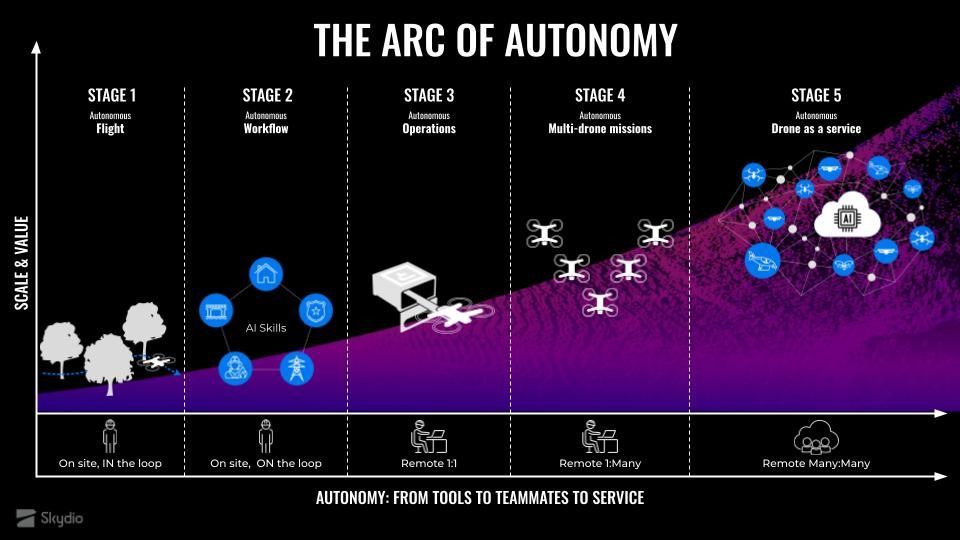
The goal – to solve the core long-term issues holding the industry back (crashing & limited pilots), while also providing more elegant, user-friendly and valuable solutions via AI skills. CEO Adam Bry has said himself that building the team at Skydio has been the most difficult and critical element of Skydio’s success. Due to Skydio’s proprietary technology developed over the course of a decade , their continued focus on recruiting the best and brightest, and the core leadership team, I don’t see anyone surpassing Skydio at what Skydio does best anytime soon. But only time will tell.
Want to learn about Skydio from our raving fans? Check out the Skydio Community Discord server or follow us on Instagram to see more incredible Skydio footage captured by our customers.
Click here to purchase or learn more about Skydio drones on our website.
